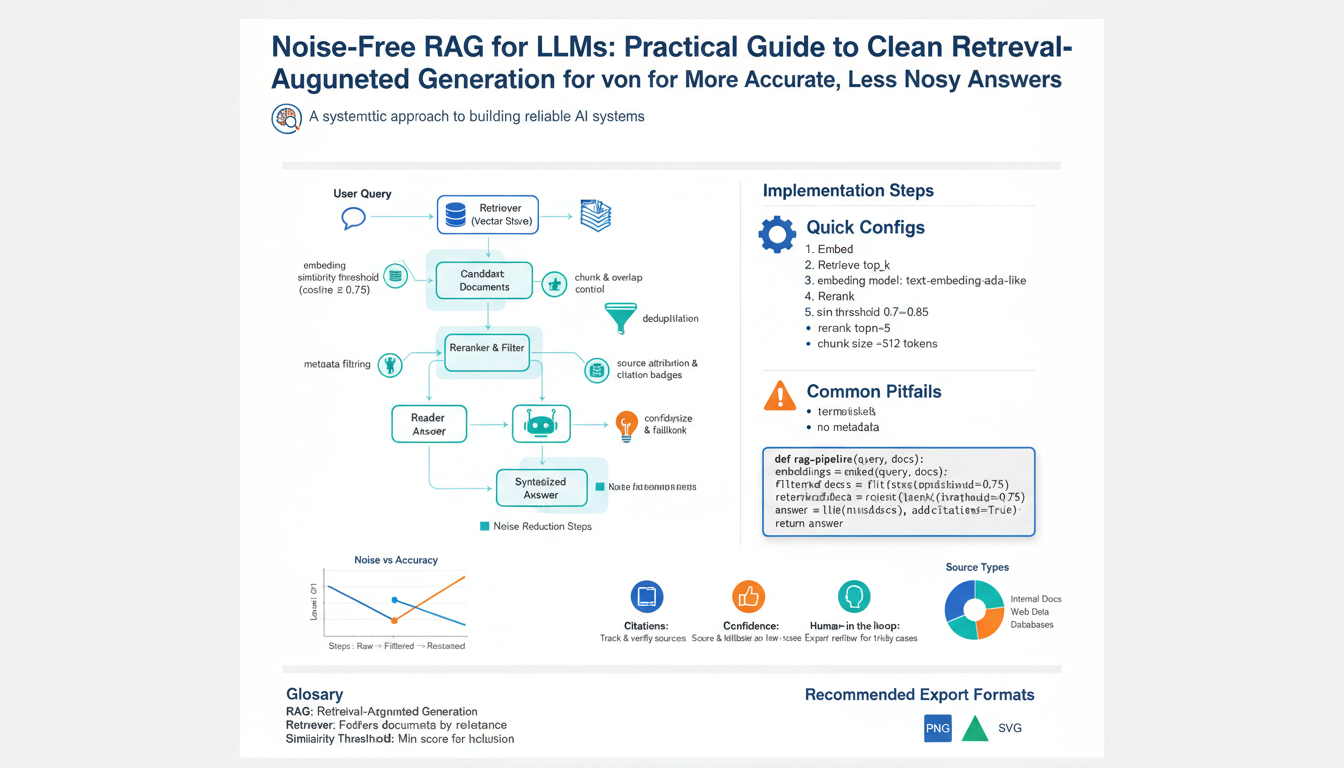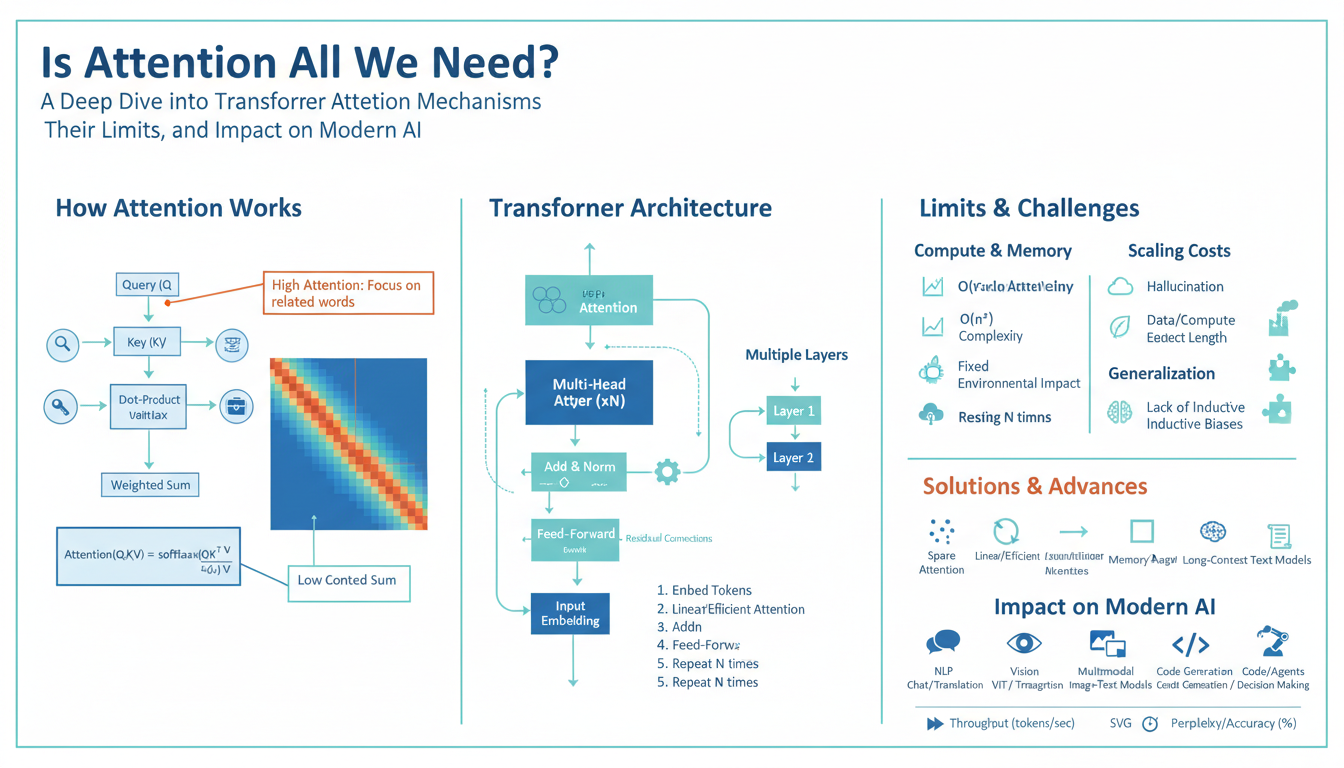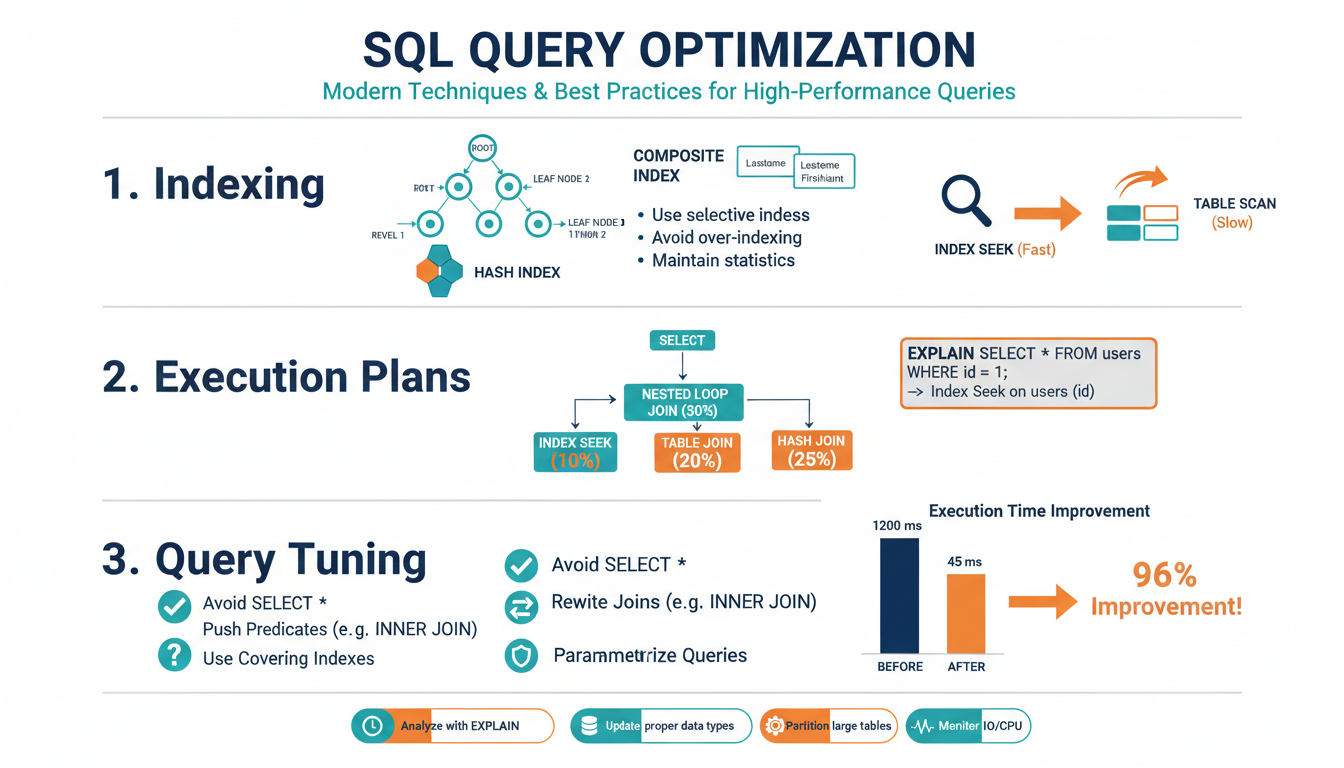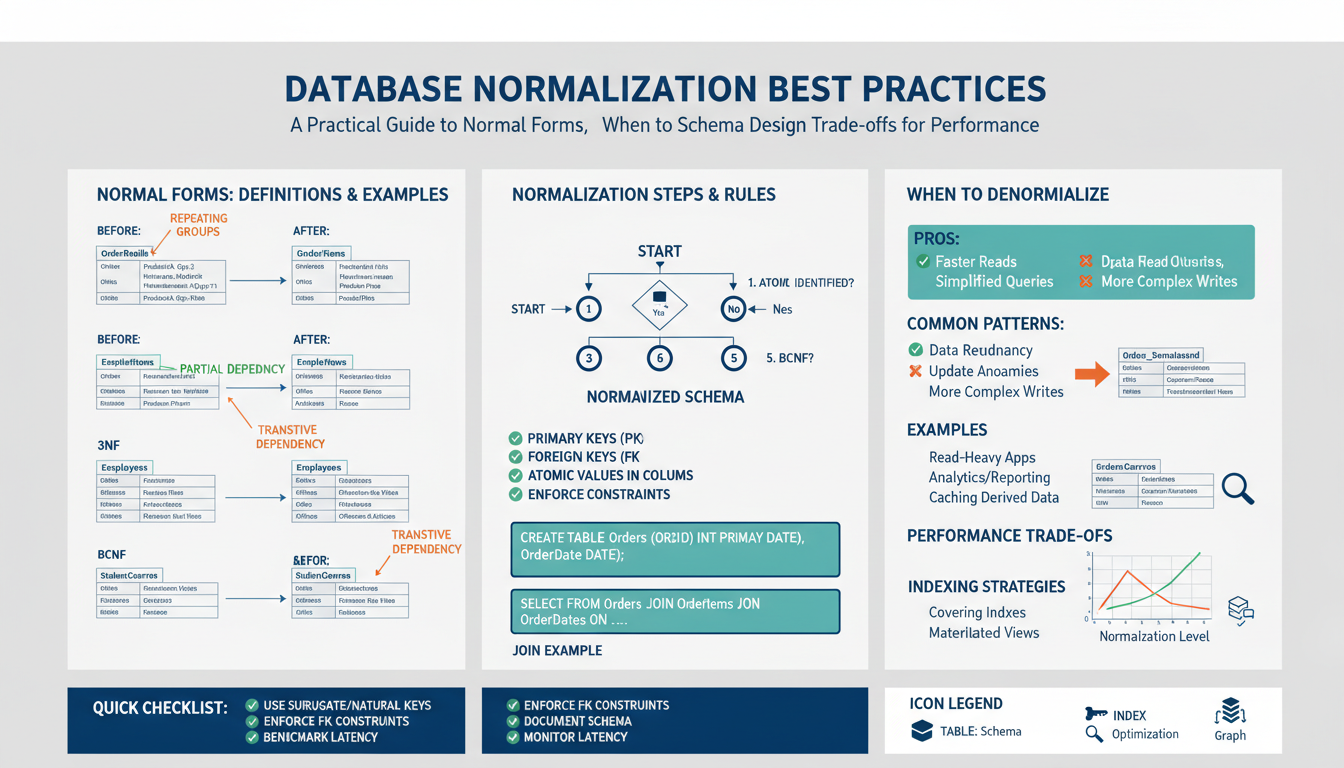Defining Human-in-the-Loop: Past and Present
Human-in-the-loop (HITL) is a cornerstone concept in the fields of artificial intelligence and machine learning, signifying the role that human judgment, oversight, and interaction play in guiding and improving automated systems. This methodology is rooted in the recognition that while machines can process vast datasets and make predictions rapidly, they still benefit from the expertise and intuition that only human input provides.
Historically, the foundation of HITL can be traced back to early expert systems of the 1960s and 1970s, which relied heavily on subject matter specialists to encode rules and validate outcomes. These early systems, such as MYCIN—a medical diagnosis tool—demonstrated both the potential and limitations of AI when humans contributed to rulemaking and error correction. Stanford’s documentation on MYCIN is an excellent resource for understanding these formative years.
Over time, as machine learning evolved beyond rigid rule-based frameworks to encompass data-driven models, the definition of HITL expanded. In the past, human involvement was primarily confined to labeling data or correcting outputs. Today, it encompasses a much wider spectrum, including training, validating, and even retraining models over iterative cycles. The human role is no longer simply as validators, but as critical partners shaping the direction and ethics of AI development. For example, in the case of natural language processing, humans continuously improve algorithms by flagging biases or ambiguous outputs, ensuring systems remain aligned with societal values. A notable case study on human collaboration with machine learning systems can be explored through MIT’s overview of HITL systems.
In practice, modern applications of HITL range from crowdsourced image labeling, as seen with Google’s CAPTCHA system, to more complex engagements such as medical diagnosis assistance or autonomous vehicle safety validation, where human oversight is necessary for edge-case decisions.
For example:
- Data Labeling: Humans provide initial tags to training data, improve annotation quality, and resolve ambiguities, ensuring robust model learning.
- Model Validation: Experts evaluate predictions, flagging errors and guiding model refinements through feedback loops.
- Decision Interventions: In real-time systems such as autonomous vehicles, human operators can step in during system uncertainty or potential failure points.
As machine learning continues to advance, the boundaries between human and machine decision-making blur, but the need for human oversight remains paramount—especially to safeguard ethics, fairness, and transparency. For deeper insight into evolving HITL frameworks and ethics in AI, the Harvard Data Science Review provides comprehensive resources and discussions.
Today, HITL stands as a vibrant, collaborative approach, evolving from simple supervision to a dynamic partnership in creating more reliable, responsible, and smarter AI systems.
Early Applications: Human Guidance in AI Systems
In the early days of artificial intelligence, the pivotal role of human guidance shaped the development, training, and deployment of AI systems. Unlike the highly automated algorithms of today, early AI relied extensively on human expertise to define the boundaries and potential of machine learning models. Humans contributed in several key ways, acting as both the architects and evaluators of these intelligent systems.
At the heart of early AI research was the concept of knowledge engineering. Human experts painstakingly constructed decision trees, rule-based engines, and knowledge graphs, specifying rules and relationships by hand. For example, expert systems—like the influential MYCIN project developed at Stanford University in the 1970s—relied on medical professionals to codify thousands of diagnostic rules for bacterial infections. This painstaking approach emphasized the need for human oversight to ensure accuracy and precision—a principle that remains vital even as machine learning capabilities have advanced.
Another key early application of human-in-the-loop (HITL) approaches was in the labeling and curation of datasets. Before machines could learn from data, humans had to collect, organize, and annotate examples. The process involved careful selection of training materials, often with subject matter experts providing critical insights into what constituted relevant features, edge cases, or errors. One notable example is the curation of language corpora for natural language processing (NLP) tasks, where linguists meticulously annotated sentences by hand to enable early NLP models to learn meanings, syntax, and semantics.
Human judgment was also essential in the evaluation and refinement cycles of AI development. Researchers would iteratively tweak system parameters and logic based on real-world feedback and testing. This iterative process allowed humans to inject domain-specific knowledge that pure data-driven processes could not easily capture. For instance, in speech recognition research during the 1980s, humans repeatedly listened to audio inputs and corrected transcriptions, providing invaluable feedback that shaped early voice recognition technologies. Learn more about these efforts in the historical overview by the Stanford Encyclopedia of Philosophy.
These examples illustrate how human-in-the-loop paradigms created a strong foundation for modern AI systems. By leveraging domain expertise, careful judgment, and hands-on annotation, early AI applications demonstrated the value of collaborative intelligence—an approach that still influences best practices in machine learning and artificial intelligence development today.
Advancements in Machine Learning: Redefining Human Roles
The growth of machine learning technologies has been instrumental in reshaping the boundaries between automated systems and human expertise. While early machine learning models often relied on static datasets and one-off human intervention during training, today’s advancements demonstrate a far more dynamic and nuanced relationship. Humans now play critical but evolving roles at every stage of the machine learning lifecycle—from data curation and bias correction, to ongoing model supervision and interpretability.
1. Data Annotation and Preprocessing: The Human Advantage
At the heart of every well-functioning machine learning model lies high-quality data, most of which starts with human-guided annotation. Even as annotation tools grow more sophisticated, particularly through data-centric AI approaches championed by academics at Stanford University, humans bring invaluable domain expertise. They are essential for correctly labeling edge cases, identifying outliers, and improving dataset diversity, directly impacting model performance in real-world scenarios.
2. Bias Mitigation and Ethical Oversight
One of the most significant roles for humans in modern machine learning is addressing systemic bias. Algorithms inherit the biases present in their training data, which can lead to unfair or unethical outcomes if unchecked. Researchers at MIT and other institutions have highlighted the importance of diverse human evaluators in auditing model outcomes and suggesting targeted interventions. By developing better labeling strategies and reviewing results in context, humans serve as ethical gatekeepers, ensuring AI systems are more equitable and transparent.
3. Model Supervision and Continuous Learning
As machine learning moves toward continuous deployment in dynamic environments, the necessity for human-in-the-loop (HITL) supervision is more pronounced. Rather than serving as mere trainers, humans are now integral in monitoring model drift, providing feedback when algorithms face uncertainty, and intervening during atypical or high-stakes scenarios. This ongoing loop not only corrects errors but also accelerates adaptation to new patterns, such as fraud detection or personalized recommendations.
4. Interpretability and Trust Building
Modern machine learning models—especially deep learning architectures—can be “black boxes,” making their decisions difficult to interpret even for experts. Human engagement is crucial for developing explainable AI systems that regulatory bodies and users can trust. Initiatives led by organizations like NIST promote the integration of interpretable interfaces and human feedback loops that clarify why models behave as they do, enabling more responsible use in sensitive fields like healthcare and finance.
5. Real-World Collaboration Examples
Industries leveraging HITL systems illustrate the criticality of human input. In autonomous vehicles, for instance, operators can remotely intervene during ambiguous situations, while in content moderation on social platforms, people review flagged instances that automated systems cannot conclusively judge. These examples highlight how human roles have shifted from passive trainers to active partners in AI deployment.
As machine learning technologies continue to advance, the human role is not being replaced but redefined—transforming from manual supervision to high-level, strategic, and ethical guidance. This symbiotic relationship ensures that the power of AI is harnessed more reliably, transparently, and humanely.
Automation vs. Collaboration: Striking the Right Balance
The journey toward automation in artificial intelligence (AI) and machine learning (ML) has frequently sparked debates about the right equilibrium between letting algorithms run independently and keeping human experts meaningfully engaged. Striking the ideal balance between automation and collaboration is not only a technical challenge but also a philosophical and ethical one, influencing outcomes in accuracy, reliability, and trustworthiness.
One of the primary advantages of automation in ML and AI systems is the sheer speed and efficiency with which tasks can be scaled. For example, deep learning models now power the bulk of Google’s search algorithms, managing billions of queries with minimal human intervention. Automation reduces error due to manual processing and rapidly adapts to new data. However, this comes at a price: black-box models can become opaque, and without human oversight, biases may propagate unchecked. Cases like AI bias in recruiting tools demonstrate how critical issues may be missed unless experts remain in the loop.
On the other hand, collaboration—or keeping a human in the loop—brings context, domain expertise, and nuanced judgement. Human experts can guide AI design, vet outcomes, and intervene when automated systems encounter unfamiliar or high-stakes scenarios. Collaborative approaches, such as active learning, leverage expert annotations to improve model accuracy where data is ambiguous or limited. In fields like medical diagnostics, collaborative frameworks enable AI to flag possible anomalies for review, increasing safety and reducing cognitive load for medical professionals (source).
- Step 1: Identify Automation Opportunities. Start by mapping repetitive or data-intensive tasks that yield to automation without compromising ethical standards. For mundane data sorting, AI excels, freeing human talent for strategic decision-making.
- Step 2: Build Collaborative Workflows. Infuse human judgement where the cost of error is high or contextual understanding is vital. For instance, in credit scoring, human oversight can catch anomalies that an algorithm might overlook, avoiding unfair denials (McKinsey).
- Step 3: Continuously Re-evaluate the Balance. Monitor outcomes, gather feedback, and iterate. AI/ML is a moving target: regulatory landscapes evolve (GDPR), data changes, and new risks emerge, so it’s critical to regularly assess if more automation or more human collaboration is needed.
Real-world examples reveal that balanced systems outperform extremes. For instance, content moderation in social media platforms uses automated filters to flag inappropriate posts, but nuanced cases are reviewed by people. This hybrid model optimizes scale and fairness.
In conclusion, designing effective AI/ML systems isn’t about choosing between automation or collaboration—it’s about harmonizing both. By strategically leveraging machine speed and human wisdom, organizations can build trustworthy, robust systems that deliver genuine value. As the field evolves, the ability to recalibrate this balance—drawing on data, ethics, and real-world feedback—will define the leaders in human-in-the-loop AI development.
Modern Approaches: Integrating Human Feedback in Training Loops
Modern AI and machine learning systems are increasingly shaped by their ability to learn from human input—not just raw data. The integration of human feedback into the training loop has become a critical method for making models more aligned, interpretable, and reliable. Here’s how current approaches are evolving and shaping the future of intelligent systems.
1. Reinforcement Learning from Human Feedback (RLHF)
Perhaps the most widely discussed approach in recent years is Reinforcement Learning from Human Feedback (RLHF). In this method, humans actively provide input regarding the quality or safety of the AI’s responses, which is then used to tune the system. RLHF was popularized by OpenAI and DeepMind, where human annotators rank outputs generated by large language models. These rankings are then used to train a reward model that guides the AI toward more desirable behaviors.
- Step-by-step:
- The AI generates multiple candidate responses to a prompt.
- Human reviewers rank the outputs based on quality, safety, or alignment criteria.
- The model is updated to increase the likelihood of producing higher-ranked responses in the future.
For more on RLHF, see Nature’s overview of human-in-the-loop training.
2. Active Learning with Human Labelers
Active learning is a paradigm where the AI system identifies cases where it is uncertain about the outcome and asks humans for labels. This approach is highly efficient, ensuring that time-consuming human annotation focuses only on the most informative samples. Researchers at Stanford AI Lab demonstrate how active learning can drastically reduce the amount of labeled data needed for high performance.
- Workflow:
- The model initially learns from a small labeled dataset.
- As it encounters ambiguous or rare scenarios, it flags these for human intervention.
- Human experts label these challenging samples, enriching the dataset.
- The process repeats until the model achieves desired accuracy.
This selective loop means less wasted effort and more focused improvement.
3. Interactive Annotation Platforms
Modern machine learning pipelines frequently use interactive platforms that allow humans to annotate, correct, or provide contextual information during model training. Tools such as Labelbox and Snorkel have transformed how industry and academia scale up high-quality data labeling. These platforms support workflows such as collaborative annotation, real-time feedback loops, and consensus building among annotators—vital for nuanced tasks like sentiment analysis or object detection in medical imaging.
- Examples:
- Iterative annotation of medical scans by radiologists for AI diagnostic tools.
- Real-time correction of speech-to-text outputs during dataset collection.
By integrating directly into model training, these platforms ensure that human expertise is embedded at strategic stages of development.
4. Human-Centered Evaluation Loops
Evaluation is as crucial as training in creating responsible AI. Increasingly, organizations are using structured human-in-the-loop evaluation frameworks prior to deployment. Rather than relying solely on test datasets, real users or expert reviewers interact with the system, probing for errors, biases, or unexpected results. This process, as outlined by the NIST AI Risk Management Framework, helps organizations uncover issues that automated tests might miss.
- Advantages:
- Human reviewers can identify context-sensitive risks, including ethical or cultural issues.
- Feedback directly informs further model tuning, often through rapid human-machine review cycles.
These innovative approaches make it clear: the future of AI isn’t just machine-driven. It’s built on robust, continuous collaboration between humans and intelligent algorithms, ensuring both progress and accountability at every step.
Emerging Technologies: The Future of Human-in-the-Loop AI
The landscape of Human-in-the-Loop (HITL) AI is rapidly transforming, driven by groundbreaking technologies that empower both machines and humans to achieve greater outcomes collaboratively. As organizations seek more reliable, ethical, and context-aware AI systems, the integration of advanced human-involvement methods is rewriting what’s possible in machine learning, robotics, and decision intelligence.
Interactive Annotation Platforms: Redefining Data Quality
Data is at the heart of AI. Emerging annotation platforms now use real-time collaboration and smart recommendations, allowing human experts to handle ambiguous or complex cases where machines alone may falter. For example, platforms leveraging AI-assisted tools, such as active learning workflows, dynamically prioritize samples that need human review. This ensures the training data is of high quality and supports adaptation to ever-changing real-world conditions.
Innovations like Labelbox and Snorkel introduce feedback loops, where annotator corrections actively refine algorithms. This fosters rapid iteration, reduces model bias, and helps close the gap between laboratory AI and its practical deployment.
Human-AI Collaboration in Decision Support Systems
The future of HITL extends into decision-heavy domains where stakes are high, such as healthcare, autonomous systems, and financial services. Advanced interfaces, powered by natural language processing and explainable AI, allow domain experts to interrogate, adjust, and validate AI outputs in real time. In clinical settings, interactive diagnostics platforms enable doctors to combine their expertise with AI recommendations for improved patient outcomes.
These decision systems increasingly feature transparency layers, supported by emerging standards from organizations like the Google AI Principles and the European Commission’s AI guidelines. These layers give human users clearer insight into why an AI made a recommendation, enhancing trust and accountability.
Scaling HITL with Synthetic Data Generation & Federated Learning
As datasets grow and privacy requirements tighten, new technologies such as synthetic data generation and federated learning offer scalable approaches to involving humans without compromising privacy or efficiency. Synthetic data tools allow experts to create, test, and curate realistic scenarios that improve model robustness—an essential step for sensitive industries like finance and medicine.
Federated learning, pioneered by institutions like Google and academic partners, enables human-in-the-loop feedback within distributed datasets, maintaining data security while still benefitting from diverse human insights spread across locations.
AI-Augmented Workforces: The Next Frontier
HITL techniques aren’t just about model accuracy. The rise of AI-augmented workforces is transforming expertise development, problem-solving, and creative processes. In manufacturing, AI-powered robotics are being guided by skilled human workers via intuitive controls and haptic feedback, closing skill gaps and increasing productivity.
In creative industries, generative AI tools like OpenAI’s models let artists and writers rapidly prototype ideas, while maintaining human curation over the final output. This synergy between machine creativity and human intuition suggests a new paradigm where AI amplifies, rather than replaces, human potential.
As HITL AI continues to evolve, its future will be characterized by increasingly seamless, scalable, and ethical integrations—placing humans at the center of building trustworthy, adaptive, and impactful AI solutions.



